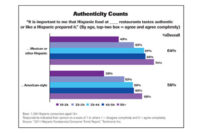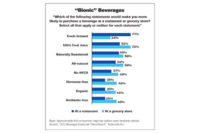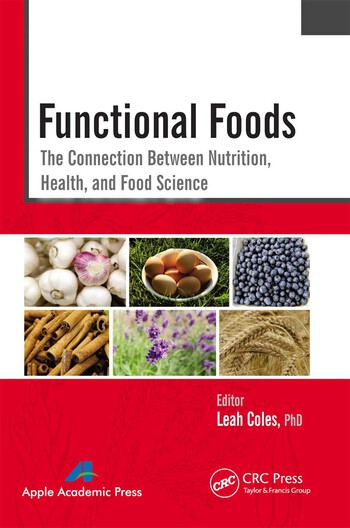Do-It-Yourself Health
Takeaways from Technomic’s “Healthy Eating Consumer Trend Report”

One of the biggest takeaways from Technomic’s recently released “Healthy Eating Consumer Trend Report” is that health is very much a do-it-yourself concept for today’s American consumers. The low-fat or reduced-fat items some consumers will gravitate toward will be rejected by others as containing too much sugar or salt, or not enough “good fats” to qualify as “healthy.”
This conflict of perceptions about what healthy means is perhaps nowhere better observed than in McDonald’s announcement that it won’t use a new genetically modified potato from Simplot, one of McDonald’s longtime spud suppliers. The new potato was engineered to produce less acrylamide, thought to be a human carcinogen, when cooked at high temperatures (e.g., fried).
However, many consumers are wary of GMO products—65% of consumers polled for Technomic’s “Healthy Eating” report said they believe GMO-free products are healthier, and one third said they’d be more likely to buy and would be willing to pay at least slightly more for products labeled GMO-free.
It came as no great surprise, therefore, when McDonald’s stated it does not source GMO potatoes and had no plans to change—following news of the USDA’s approval of Simplot’s new potato for commercial planting.
With consumer attitudes as diverse as they are about what constitutes healthy, how can manufacturers and operators ascertain where to focus their health efforts? A good starting place is to explore where consumers’ sentiment about health is shifting, overall. Here are a few key findings from the “Healthy Eating” report:
1. The tide may be turning, if ever so slightly, on gluten-free. Some 44% of consumers said foods described as gluten-free are healthier than those that are not—down from 60% who said the same in 2012. That’s a significant decline in two years, and it may reflect growing skepticism about the value of a gluten-free diet for those who don’t have celiac disease or a major gluten intolerance.
2. More is more. Consumers are receptive to the idea of foods that can do something for them—more than three in five said that foods described as containing antioxidants, containing probiotics or having other functional benefits are more healthful. In addition, 46% attached a health halo to foods described as “energy-boosting”—up from 35% who did so in 2012. “Containing” is a key concept: It speaks to the idea of health by addition, not subtraction. And addition is more likely to be connected to good taste.
3. Consumers may be considering health more often when dining out. Twenty-one percent of consumers this year vs. 17% in 2012 said their last away-from-home foodservice purchase was healthy or very healthy. The change is especially pronounced for consumers ages 25-34. Moreover, half of the respondents in this age group in this year’s study said they’d be more likely to visit a restaurant that offers at least some healthy options, even if they don’t end up ordering a better-for-you choice—that’s up from 40% in 2012.
Looking for a reprint of this article?
From high-res PDFs to custom plaques, order your copy today!








